Yesterday, Michael Skelly testified before a Congressional Committee in love with the Green New Deal.
My name is Michael Skelly and I am founder and CEO of Grid United, an early stage transmission development company. I have spent the last 25 years developing a wide variety of energy projects. I got involved in the US wind industry in the late 90’s, and helped put together thousands of megawatts of new wind projects. In 2009 I started a company called Clean Line Energy which focused on interstate power lines to move renewable energy around the country. We successfully permitted a three-state high voltage, direct current transmission line. We sold off our projects several years ago to other developers who are carrying them forward. Indeed, our Western Spirit project is now under construction in New Mexico.
The people have not forgotten. Michael Skelly's reputation will precede him. Who's going to give this guy another $200M to spend on crackpot transmission ideas?
Funny he doesn't mention his failure in his comments. He says he "successfully permitted a three-state" transmission line. Except there were no customers and the government cancelled its participation in the project, so there wasn't actually a permit after all. The project (and the non-permit "permit") were cancelled. That's not success. The U.S. DOE never issued a "permit." It issued a participation agreement based on certain conditions. One condition was that the project had to have customers. No customers, no project. And furthermore, there is no developer who is "carrying forward" the Plains & Eastern Clean Line. The project got chopped up and a portion bought up for an entirely different purpose. That's not success, either. Western Spirit? You mean some other company did it better than Skelly? That's also not success. That's failure.
So, blah, blah, blah... you folks are just so nettlesome!
A decade ago, we as a country did not have such a fantastic opportunity set in front of us. However, in the ensuing years, both utilities and independent developers have been sorting through the nettlesome siting, permitting, cost allocation and grid connection challenges.
Michael Skelly wants you to stop annoying him.
Because "we as a country...". Is that like last decade's "we as a society"? Now Michael Skelly can speak for the whole country! There ain't no "we" here. Michael Skelly and his one-man band playing a nettlesome song for rural landowners.
Transmission plays a role in replacing the carbon and other pollution in these population centers with renewable sources of energy, thereby improving air quality for residents, and addressing long-standing environmental injustices.
Skelly tells the committee all about how transmission is paid for. But he makes several critical errors. On regionally-planned, cost-allocated projects with regulated cost-of-service rates:
While not a perfect policy tool, an Investment Tax Credit can make up for this deficiency in the planning process. The ITC would have the effect of lowering the denominator in the benefit to cost test. More lines would make it through the planning process, and we will end up with a lower carbon grid.
Even worse is Skelly's take on merchant transmission rates:
The other type of transmission lines that get built are called “merchant” lines. These are typically built outside the conventional planning process, and their economics rely on generators paying the developers of merchant lines to deliver their power across long distances to get to market. An ITC will help reduce the cost of the transmission service, and therefore more lines would get built, and more renewable energy projects will follow.
One last rate-geek thought here... transmission is always, and I do mean always, paid for by the beneficiaries of the project. If you don't benefit from transmission, you don't pay for it in your transmission bill. The tax credit proposal completely upends this long-standing regulatory concept. It replaces the beneficiary ratepayers with non-beneficiary taxpayers. It's such a simple concept, even Michael Skelly might be able to understand it. Just like we don't charge ratepayers in Alaska for a transmission line that serves Floridians, we don't charge taxpayers in Florida for a transmission line built in Alaska.
The transmission investment tax credit is a thoughtless, ignorant idea dreamed up by the greedy and stupid. Its supporters keep digging a wider and wider hole. There's no way out of this... it simply doesn't work.
Maybe the most interesting thing about this is the fact that the "Macrogrid" disciples have hitched their star to Michael Skelly's Wagon of Failure. That tells you all you need to know about the possibility of its success.
Gag me with a spoon! A spoon? Really? I never understood the use of a spoon, but it makes me laugh nonetheless. But who needs a spoon when you have Michael Skelly?

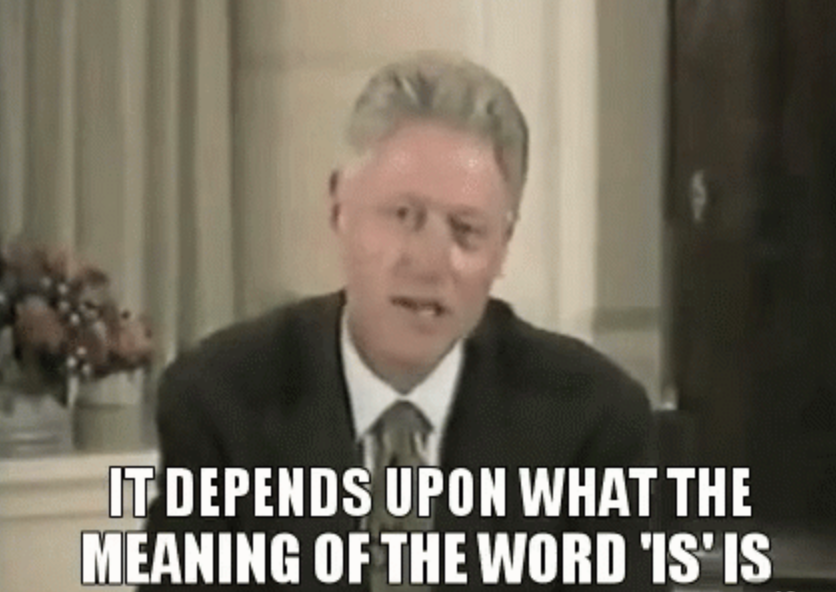
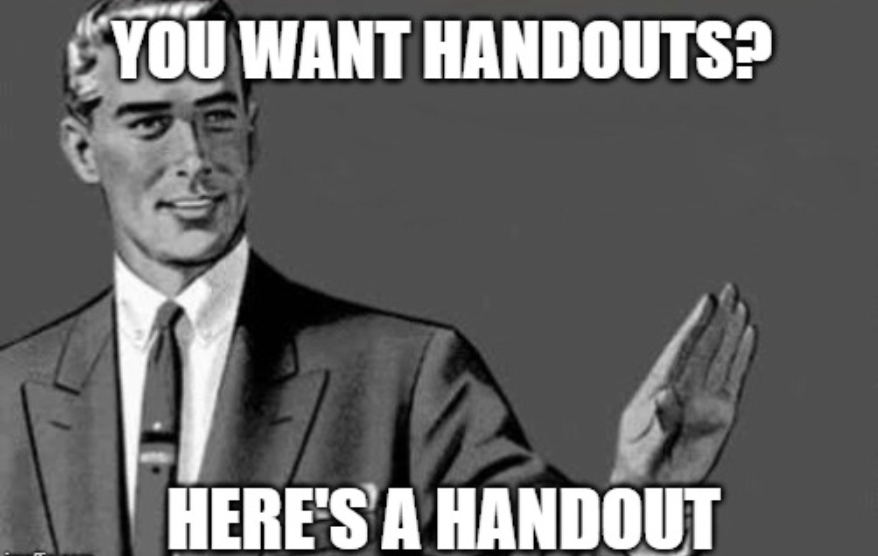
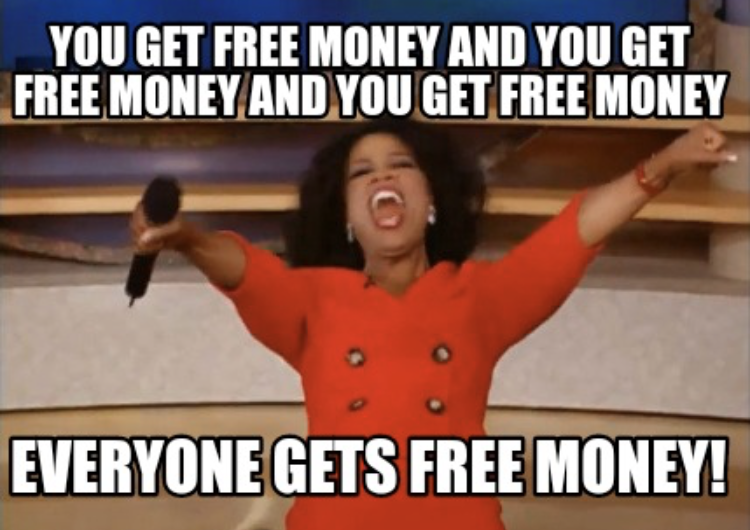
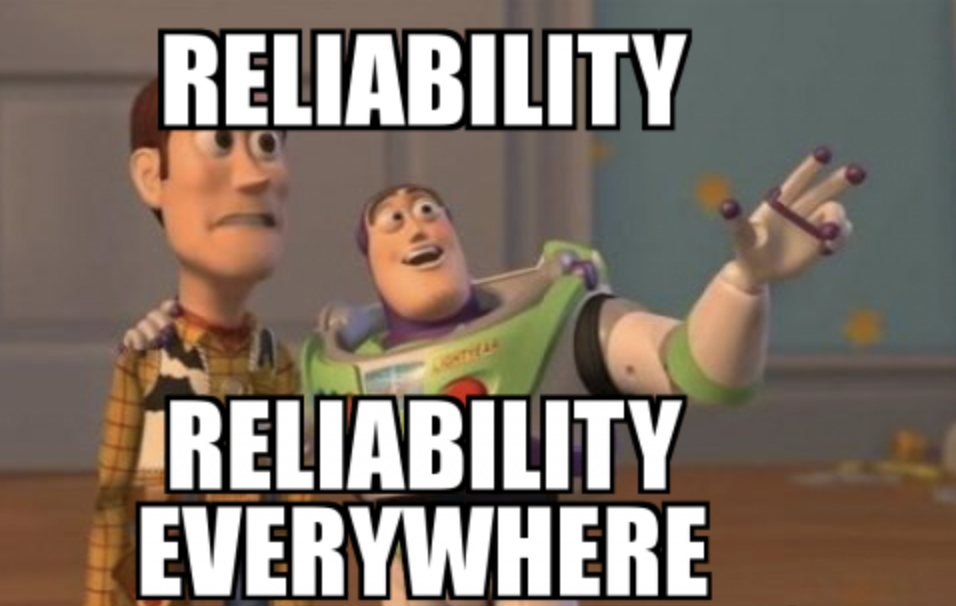

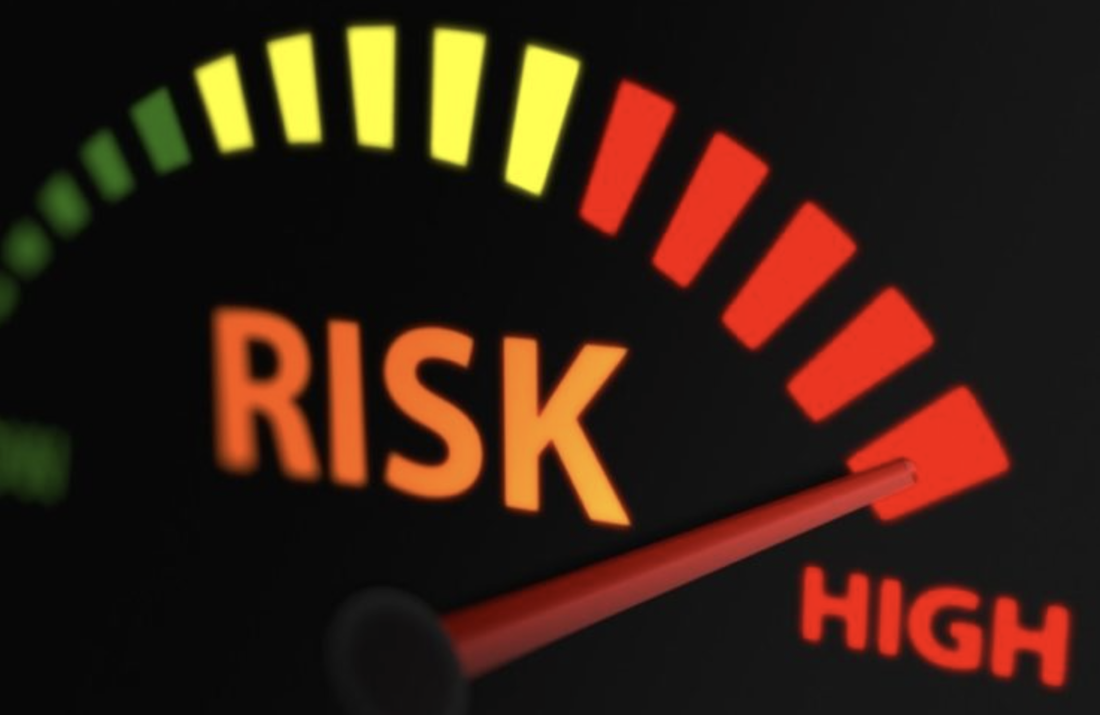
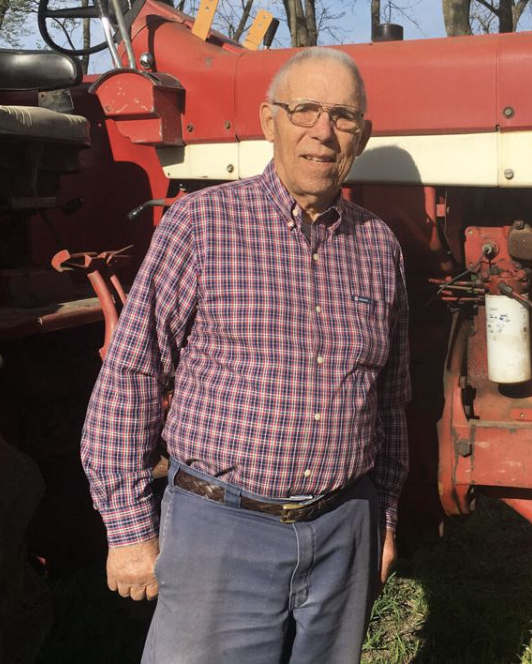
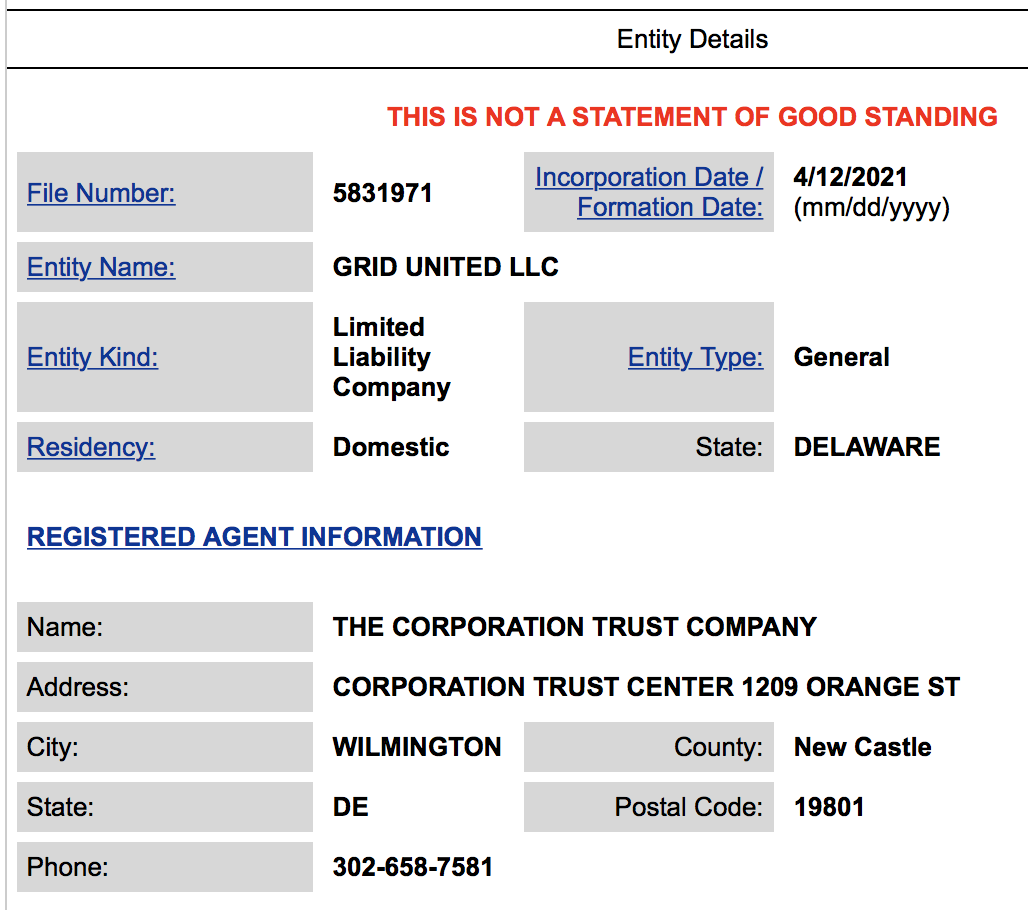
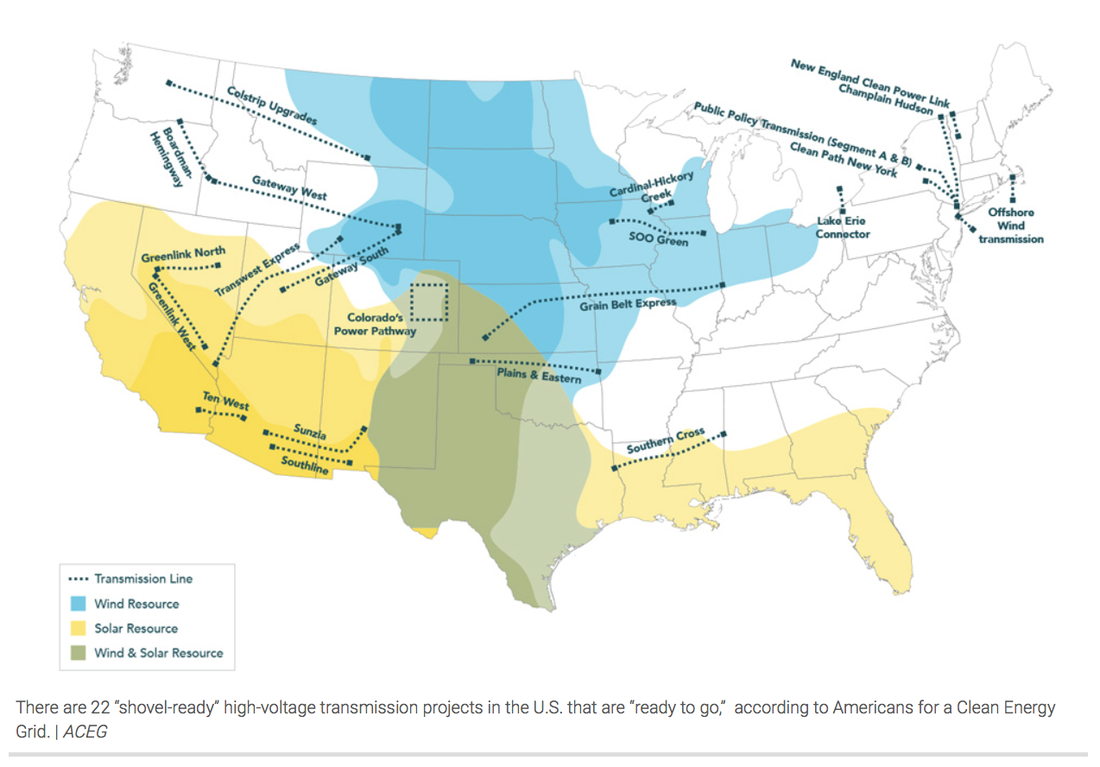
 RSS Feed
RSS Feed